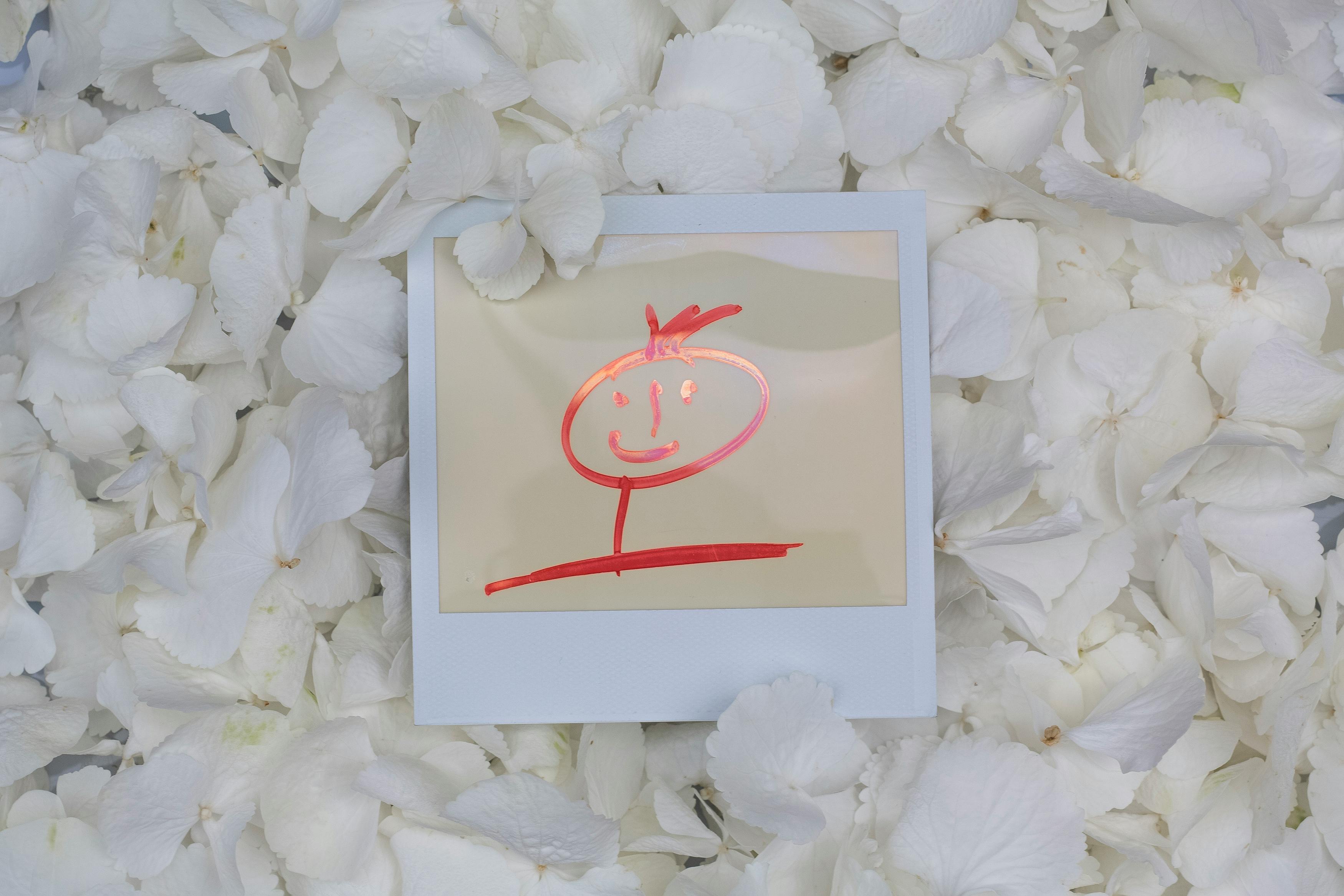Mastering Success as a Freelance Floral Designer
Floral design has blossomed into a dynamic career path offering freedom, creativity, and entrepreneurial potential. As a freelance floral designer, you hold the power to turn nature’s beauty into business success. In this article, you’ll uncover essential strategies, insider tips, and advanced techniques to excel in this growing field.

Understanding the Fundamentals
Before thriving in this creative profession, it’s crucial to grasp the foundational principles that define a successful freelance floral designer. Understanding these elements helps you position yourself effectively in a competitive market.
Floral design is more than just placing blooms in a vase. It’s about interpreting moods, creating atmospheres, and communicating messages through nature’s most vibrant materials. Let’s dive into what makes this profession both artistic and strategic.
1.1 Artistic Composition & Color Theory
At the heart of floral design lies composition. Successful designers master balance, symmetry, proportion, and rhythm. Color theory plays a vital role—complementary and analogous palettes can evoke specific emotions or match seasonal themes.
Real-world applications include customizing arrangements for weddings, corporate events, and brand photoshoots. Common misconceptions involve assuming that all flowers match or that any arrangement looks “natural”—expert designers know better.
1.2 Seasonal and Botanical Knowledge
Being a skilled floral freelancer requires a deep understanding of flower types, availability, and lifespan. Knowing which flowers thrive during which months can reduce waste and increase client satisfaction.
For example, peonies are seasonal in spring, while dahlias shine in autumn. This knowledge not only saves costs but also enhances your reputation for professionalism and authenticity.
Practical Implementation Guide
Now that we’ve established the core principles, it’s time to apply them. Transitioning theory into practice involves business setup, marketing, and client acquisition. Results vary, but consistency and planning will pave your path to success as a freelance floral designer.

2.1 Actionable Steps
- Develop Your Brand: Choose a name, create a logo, and build a website that reflects your aesthetic.
- Gather Tools & Supplies: Invest in clippers, foam, vases, wire, and storage. Build an initial inventory.
- Start Networking: Reach out to wedding planners, event venues, and photographers to offer your floral design services.
2.2 Overcoming Challenges
Every freelance floral designer faces hurdles. Common obstacles include:
- Inconsistent income: Plan for seasonality and slow months
- High flower waste: Use proper storage and schedule just-in-time deliveries
- Demanding clients: Set clear expectations and use contracts
Experts recommend photographing all work, getting deposits upfront, and constantly updating your portfolio to reflect evolving trends.
Advanced Applications
Once you’ve built a stable business, it’s time to level up. Advanced techniques allow you to attract premium clients and command higher fees. These methods also open doors to exclusive projects and long-term collaborations.

3.1 Event & Editorial Styling
Beyond bouquets, advanced floral designers specialize in creating large-scale installations for events or styled photoshoots. Think floral arches, hanging gardens, or editorial backdrops. These projects demand spatial awareness, structural design, and meticulous planning.
Metrics such as client retention and project budgets typically rise when offering bespoke installations, making this a profitable avenue for experienced designers.
3.2 Integrating Technology
Today’s floral design business is driven by digital tools. Software like Canva or Adobe Express helps create branded materials, while platforms like HoneyBook or Dubsado streamline client communications and contracts.
Ensure your tools integrate with your website and social media platforms. Compatibility with e-commerce platforms is also key for selling arrangements or workshops online.
Future Outlook
The floral industry is shifting towards sustainability, personalization, and hybrid events. Dried flowers, biodegradable materials, and repurposed installations are gaining popularity among eco-conscious clients.
Over the next 3–5 years, expect increased demand for virtual consultations and floral subscription services. Staying adaptable and informed will keep you ahead as a successful freelance floral designer.
Conclusion
To summarize, here are three key takeaways:
- Mastering the fundamentals like color theory and botanical knowledge builds your creative foundation.
- Practical implementation—branding, networking, and client management—turns passion into profit.
- Advanced applications such as event styling and tech integration unlock premium opportunities.
Ready to take your creativity to the next level? Begin your journey as a freelance floral designer today and watch your career bloom. Stay curious, stay inspired, and keep creating beauty.
Frequently Asked Questions
- Q: What does a freelance floral designer do? A freelance floral designer creates flower arrangements for events, clients, and businesses, working independently rather than for a single employer.
- Q: How do I get started in floral freelancing? Begin by learning the basics of floral design, then create a portfolio and market your services to local vendors and online audiences.
- Q: How much time does it take to build a floral business? On average, it takes 6–12 months of consistent effort to gain traction and build a reliable client base.
- Q: What are the startup costs? Expect to spend $1,000–$3,000 on tools, initial inventory, and branding materials depending on your scale and offerings.
- Q: How does freelance floral design compare to working at a flower shop? Freelancing offers flexibility and higher earning potential, but requires more business management and client acquisition effort.
- Q: Is floral design hard to learn? While accessible, mastering floral design takes practice. Core skills can be learned in a few months, but artistry evolves over time.
- Q: Can I specialize in weddings or corporate events? Absolutely. Many successful floral freelancers niche down to weddings, corporate functions, or editorial styling to grow their brand and income.
